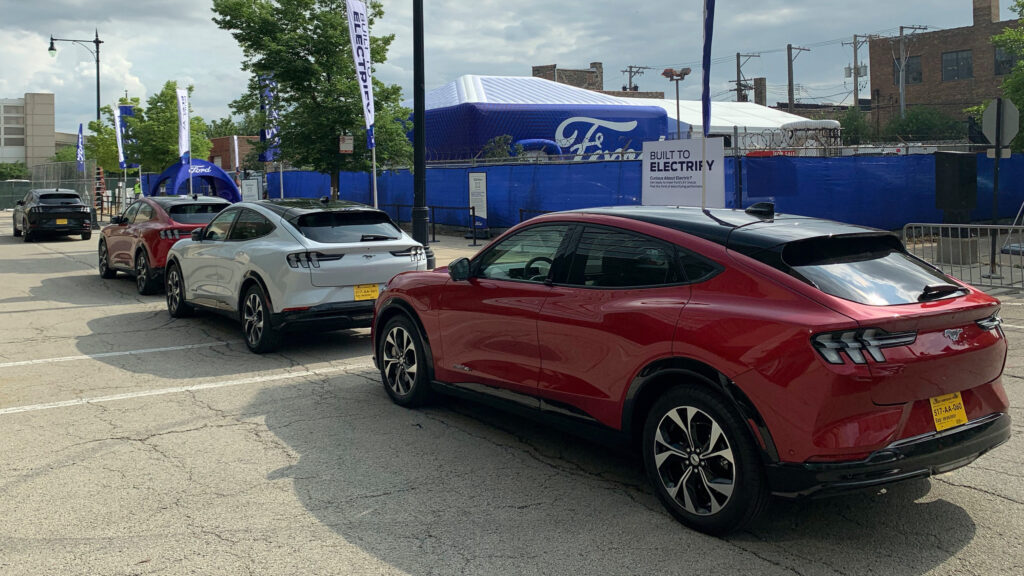- The average amount owned on upside-down auto loans is at an all-time high.
- One in four trade-ins is underwater, compared with one in five in Q3, 2023.
- Of those with negative equity, a quarter owe more than $10k, Edmunds reports.
Getting your hands on a brand new (or new-to-you) car is a great feeling. Not so great is the realization that you owe more on the loan for your old car than the vehicle is worth when you come to trade it in at your local dealer. That’s all too common, and the dollar amount people are underwater by is the highest it’s ever been.
One in four (24.9 percent) trade-ins was underwater in Q4, an increase from 24.2 percent in Q3 and 20.4 percent in Q4 2023, a study by Edmunds has revealed. And while that’s not quite the worst the industry has seen, what is at record level is the amount owed on those loans.
Related: New Car Buyers Taking On $1,000+ Monthly Payments At Alarming Rates
The average gap between the amount owing on the loan and the value of the new car stood at $6,838 in Q4, beating the previous record of $6,458 set the previous quarter, and massively up on Q4 2023’s $6,054.
Things Are Actually Worse
But it gets worse, because that’s only the average figure, meaning many people owe far more. Of those drivers who discover they have negative equity at trade-in time, a quarter (24.6 percent) owe $10,000 or more on their loans, an increase from 22.2 percent in Q3. And 8.5 percent owed a scary $15k in the final quarter, compared with 7.5 percent in the preceding three months.
Presuming those drivers opted to go ahead with upgrading their car, they would have had to either pay the outstanding balance off, or, more likely, roll the negative equity into the loan for the new vehicle. Edmunds figures show that buyers with negative equity who rolled it forward had to find another $159 every month in car payments and took on an additional $12,388 in finance after interest was accounted for.
Q4 2024 Negative Equity Data
Better You Should Hold On To What You Have
Is it really worth getting yourself into an even bigger hole for a car that might have a few more gadgets but fundamentally does the same thing your current ride does? We don’t think so, and neither does Edmunds.
“The ramifications for trading in a vehicle well below sea level for a brand-new vehicle can be drastic and lead to a cycle of poor auto financing decisions,” said Ivan Drury, Edmunds’ director of insights.
“If you find yourself significantly underwater on your loan, your best opportunity to rise to the surface is to hold onto the vehicle while keeping up with payments and maintenance.”





